Information & FAQs for Tiny Homes
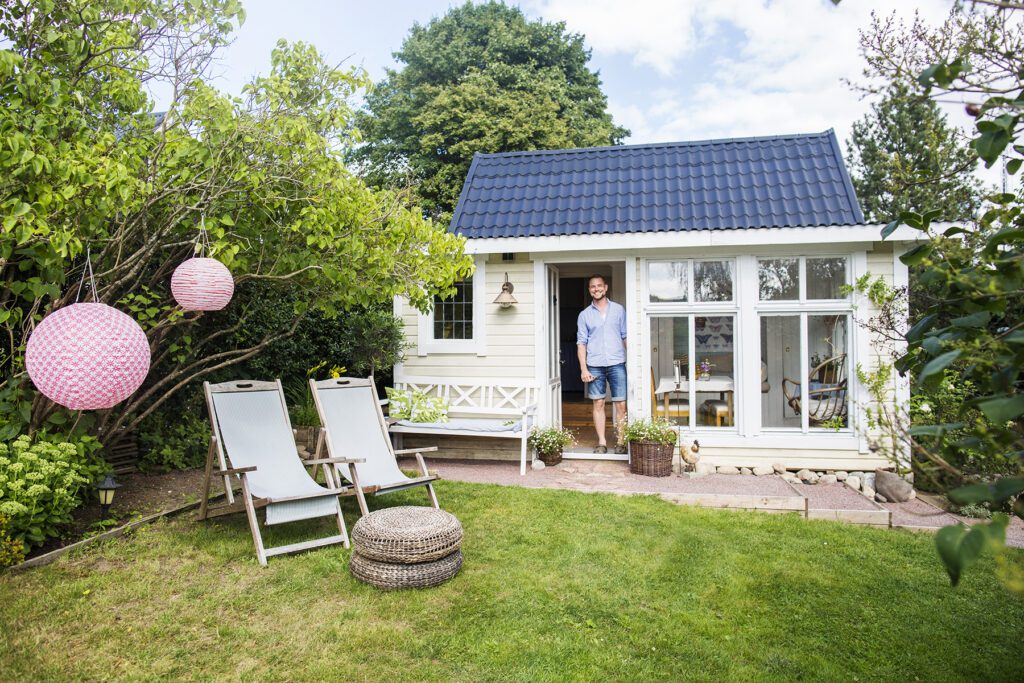
Are you considering purchasing a tiny home for use in Lane County? There are pathways for permitting tiny homes, but not all tiny homes will be eligible. Before you purchase a tiny home, please read the following information.
We encourage you to call the Planner on Duty at 541-682-4651 for information about land use as it relates to tiny homes, and the Builder on Duty at 541-682-4651 for information about building codes and permits.
What is a Tiny Home?
A tiny home is an umbrella term for structures designed to provide low-cost, space-efficient housing. There are typically three types of tiny homes:
- Permanent: Permanent tiny homes are attached to an approved foundation and are not meant to be mobile. Permanent tiny homes must meet Oregon building codes. These homes can either be built on site, or manufactured in an approved and licensed facility.
- Temporary: Tiny homes attached to a frame or chassis, which may or may not have wheels attached, are considered temporary. Temporary dwellings may not be permanently placed in any lands in the county. This is because temporary dwellings on a frame or chassis and constructed in a factory are inspected for compliance with Federal Motor Vehicle Safety Standards, and licensed with the Oregon Department of Transportation. These tiny homes are considered vehicles, rather than residences, and do not meet building code standards
- Transitional: Within urban growth boundaries and in certain unincorporated communities, namely those impacted by the 2020 wildfires, the county may establish transitional housing units to provide interim shelter. The county has the authority to set length-of-stay timelines for these units. Municipalities offering transitional housing units need to ensure the units are prebuilt units with the proper insignia or certification.
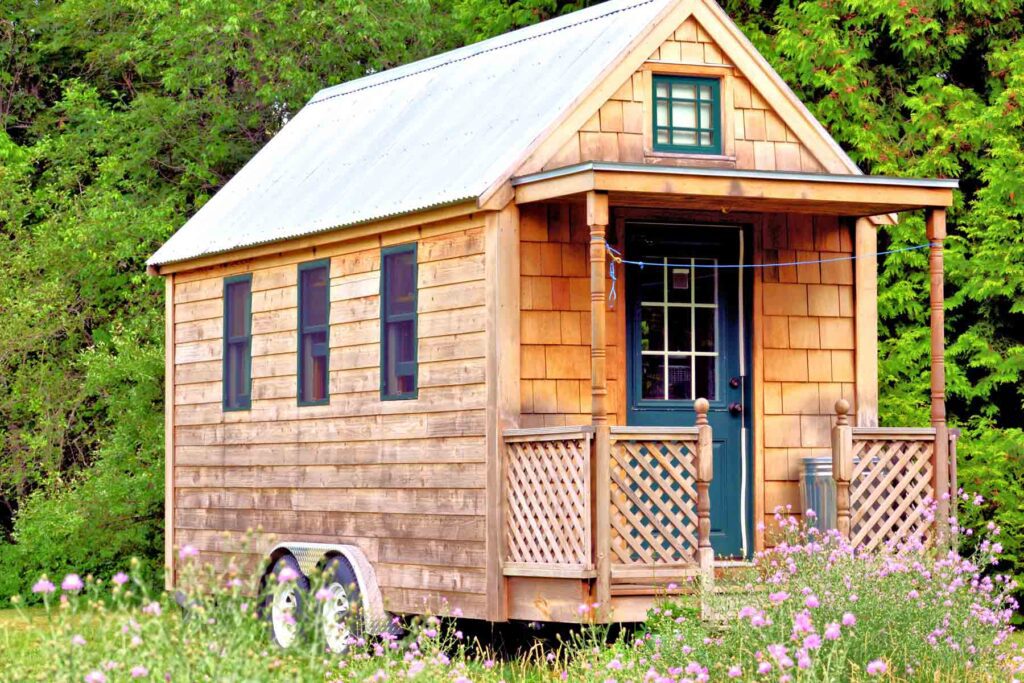
Can I place a permanent Tiny Home?
To permanently place a tiny home, applicants have two options: site built construction, or manufactured home.
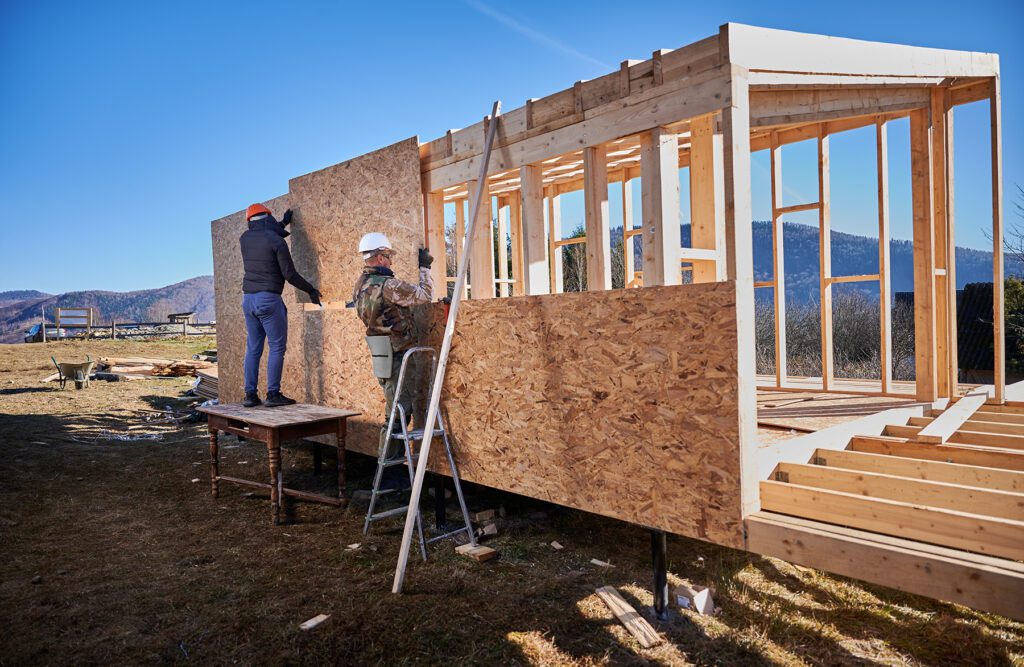
For site-built construction, the building must follow the Small Home Specialty Code (SHSC), which meets the same requirements outlined in Oregon Residential Specialty Codes, with some exceptions for small dwellings. Under SHSC, tiny homes are subject to the same plan review, permit, inspection, and contractor licensing requirements that would be in place for a permanent dwelling of any size.
To place a tiny manufactured home, manufacturers must follow Housing and Urban Development (HUD) construction and safety standards. Manufacturers must have their designs, manufacturing plants, and quality assurance manuals certified by a federally approved agency before beginning production.
Tiny homes built to HUD standards must be installed with a manufactured home permit from Lane County. If you plan to purchase a manufactured unit, be sure that it is built in a facility that has been federally approved. If it has not, Lane County may not be able to issue permits for the home.
Can I place a temporary Tiny Home?
Temporary tiny homes, those attached to a frame or chassis, may be allowed in certain cases in Lane County.
On lands impacted by the Holiday Farm Fire, Oregon Administrative Rules allow temporary tiny homes and RV’s, as long as certain provisions are met relating to the zone of the property and the number of temporary structures proposed. This provision will expire on September 30, 2025.
Additionally, tiny homes on a frame or chassis need to bear a certification from the RV Industry Association (RVIA) to ensure that the unit meets the standards for a road-legal housing unit and can be licensed by the Oregon Department of Transportation. If placement rules are met, Lane County will issue a free RV permit for the dwelling. All temporary dwellings must be removed or converted to an allowed use by September 30, 2025.
What about land use?
All tiny homes, whether permanent, temporary, or transitional, must comply with land use laws.
Permanent tiny homes are considered dwellings. Most lands in the county are allowed only one residence, so parcels with an already-established dwelling generally cannot qualify for the placement of a tiny home. Tiny homes must also meet all setbacks, including those for property lines, roads, floodplain, and riparian areas. Permanent tiny home villages, with the exception of transitional units established by the County after a disaster, are not permitted in unincorporated areas.
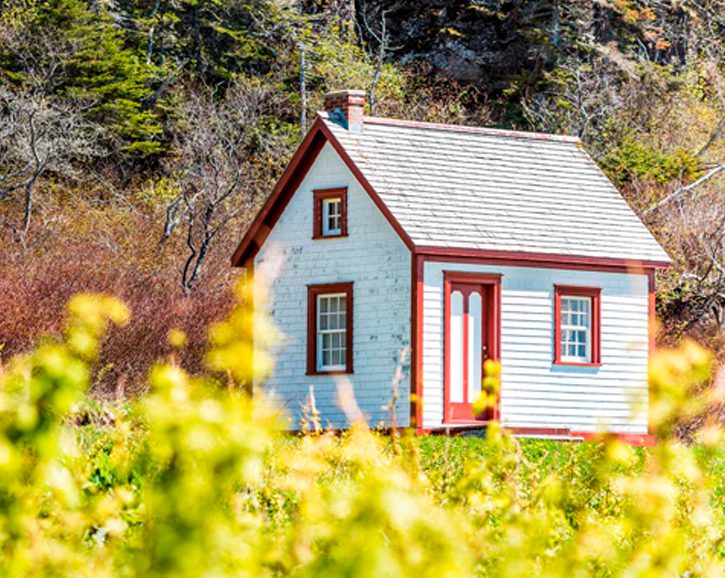
Visit Land Management First Before Building
Before you purchase a tiny home, please come visit with Lane County Land Management about the unit you intend to place, your placement options, and the relevant codes.
Knowing the regulations before you buy will save you time, money, and frustration.
Our office at 3050 N. Delta Highway is open every weekday from 9:00 am to 4:00 pm. You may also call the Planner on Duty at 541-682-4651 for information about land use, and the Builder on Duty at 541-682-4651 for information about building codes and permits.
What about ADUs?
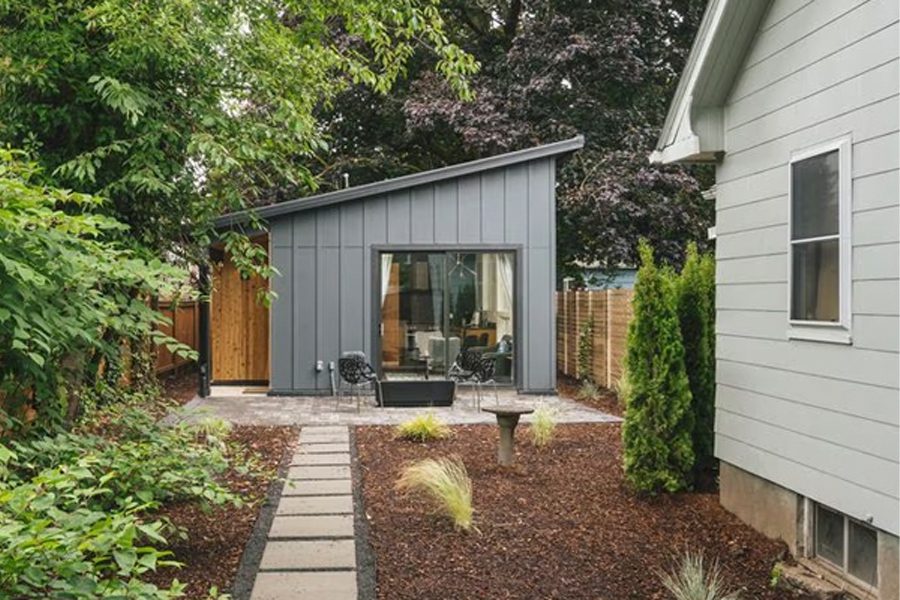
An accessory dwelling unit, or ADU, is a secondary dwelling on a lot or parcel. Under current codes, ADU’s are not a housing option outside Urban Growth Boundaries; however, Senate Bill 391, which was passed in June of 2021, will expand which properties may have an ADU. Please see our ADU information page for details about ADU’s in Lane County.
FAQ about Tiny Homes
Q: I bought a tiny home from a dealer/manufacturer. Doesn’t it meet building codes?
A: Not necessarily. Not every dealer or manufacturer has gone through the proper inspection and certification process. Building codes are only met when the structure meets HUD standards and has been stamped with an insignia certifying its use as a single family dwelling.
Q: Can I buy a pre-built shed and convert it into a tiny home myself?
A: You can; however, these structures are built as storage buildings, and often do not meet residential building code requirements. In order to be approved as a dwelling, these buildings will need to have many structural changes in order to meet residential code. This type of conversion often requires more time, money, and effort than simply starting with a manufactured or site-built home.
Q: Does my tiny home need egress windows and fire sprinklers?
A: Egress windows and fire sprinklers are required for an occupant’s safety. Because tiny homes are so much smaller than full size dwellings, a fire inside the home will spread much more quickly and pose a greater safety threat to the occupants. In the event of a fire, proper egress windows and fire sprinklers would allow more time for the occupant to reach an exit before the fire gets out of control.
Q: I plan to place a temporary tiny home. Do I have to connect to a septic tank? Could I install a composting toilet and use my greywater in my yard?
A: Installing a composting toilet doesn’t eliminate the need for a septic system. Composting toilets require a split system, where human waste and greywater are separated, potentially allowing for a smaller drainfield, but still requiring a septic connection. A greywater reuse system can be used in combination with a composting toilet for watering plants, etc. during the dry months. However, this type of system would be offline during the wet months, again requiring a connection to an approved septic system.
Source: Tiny Homes in Lane County